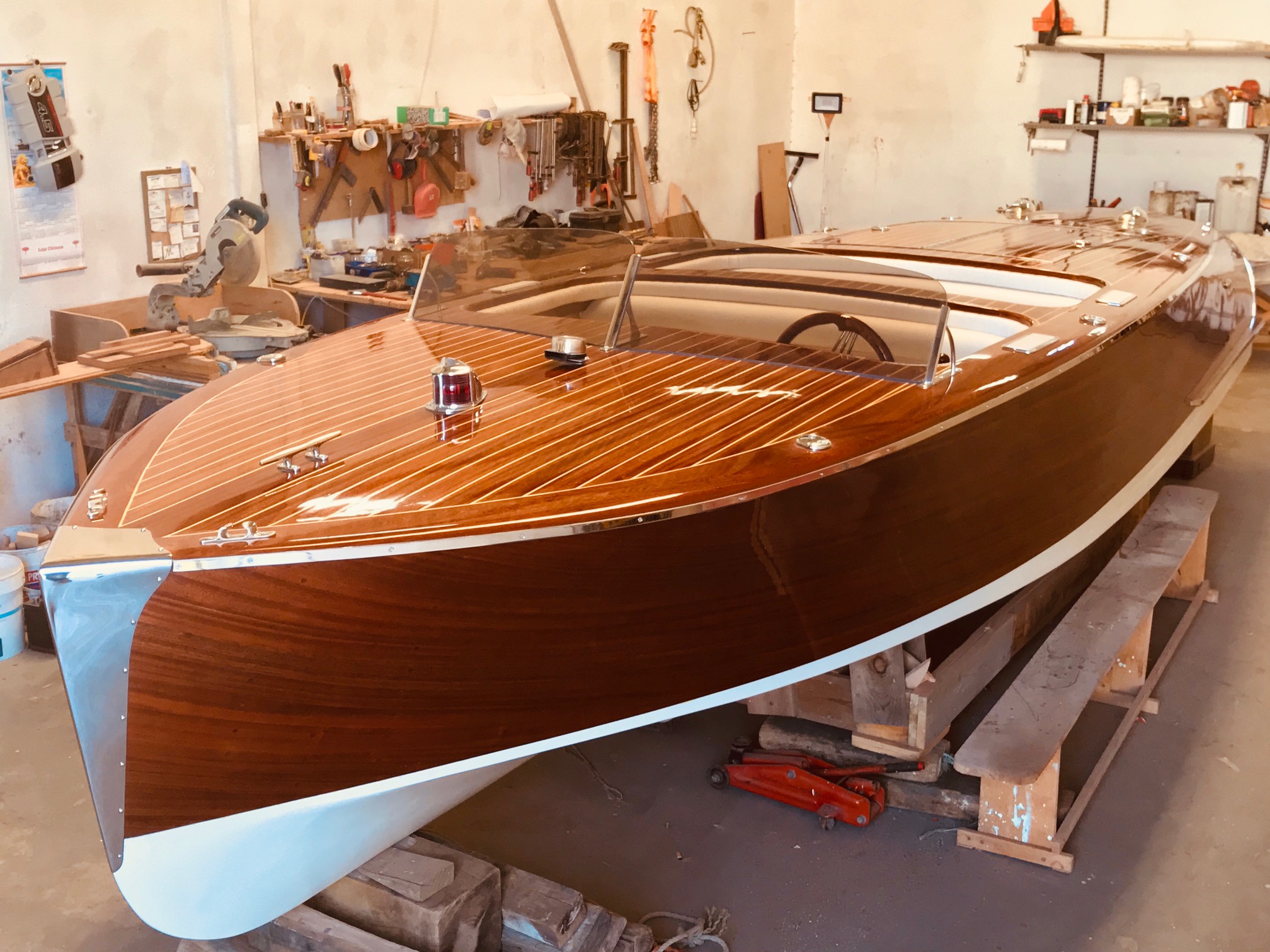
Beyond the Blueprint: Uncharted Waters in Wood Boat Plans
The allure of crafting a boat from wood remains powerful. It’s a blend of artistry, engineering, and a deep connection to the sea (or lake!). But while countless plans exist, ranging from simple canoes to complex yachts, are we truly exploring the full potential of wood boat design? This article delves beyond the standard plan sets, questioning assumptions and exploring innovative approaches for both seasoned builders and enthusiastic newcomers.
The Unsung Hero: Material Selection and its Impact
Most plans simply state "use mahogany" or "select cedar." But what about the less common, yet potentially superior, options?
Q: Beyond the Usual Suspects â€" What underutilized woods could revolutionize boatbuilding?
A: Consider the rapidly renewable and incredibly strong Paulownia. Its lightweight nature offers significant advantages in buoyancy and maneuverability, particularly for smaller craft. Similarly, exploring locally sourced hardwoods (depending on region and climate) can significantly reduce environmental impact and potentially yield unique aesthetic qualities. The key is researching the specific properties â€" strength-to-weight ratio, rot resistance, and workability â€" to find the perfect match for your design and desired performance.
Q: How can we better predict wood behavior and longevity in marine environments?
A: Advancements in computational fluid dynamics (CFD) and finite element analysis (FEA) are allowing for more accurate simulations of stress on wooden hulls under various conditions. Combining this data with detailed analysis of wood grain orientation within the plan design can significantly improve durability and reduce the risk of failure. This predictive modeling is still underutilized in the hobbyist realm but offers huge potential for optimization.
Rethinking Design: Beyond Traditional Forms
While classic designs are beautiful, adhering strictly to them limits creativity and innovation.
Q: Can we blend traditional techniques with modern design principles?
A: Absolutely! Consider incorporating parametric design software. This allows for iterative experimentation, optimizing hull shape for hydrodynamic efficiency while maintaining the aesthetic appeal of a traditional design. Imagine a classic clinker-built hull, but with subtle curves optimized using computational tools for minimal drag. The possibilities are vast.
Q: Are there unexplored hull shapes or designs that could offer superior performance?
A: Research into biomimicry â€" studying the forms found in nature â€" offers inspiration. Analyzing the hydrodynamic properties of marine animals could lead to revolutionary hull designs. Exploring alternative construction techniques, like laminated timber frames for increased strength and lighter weight, are also worth considering. This opens up exciting possibilities for larger vessels.
The Human Element: Collaboration and Community
Boat building is as much a social activity as a technical one.
Q: How can we foster greater collaboration between boat builders and designers?
A: Online platforms and forums can facilitate knowledge sharing and the exchange of innovative ideas. Open-source boat plans, coupled with detailed build logs and community feedback, can accelerate innovation and make boatbuilding more accessible. Educational institutions can also play a crucial role by introducing students to these tools and techniques.
Case Study: A recent project at the Maine Maritime Academy saw students collaborating with naval architects to design and build a racing skiff using locally sourced timber and incorporating biomimicry principles. The project resulted in not only a successful vessel but also valuable data and insights published in a peer-reviewed journal. This demonstrates the power of collaborative innovation.
The future of wood boat building lies not simply in refining existing techniques but in embracing new perspectives, technologies, and collaborative opportunities. By questioning assumptions, exploring unconventional materials and designs, and fostering a spirit of innovation, we can unlock a new era of craftsmanship and maritime artistry.








